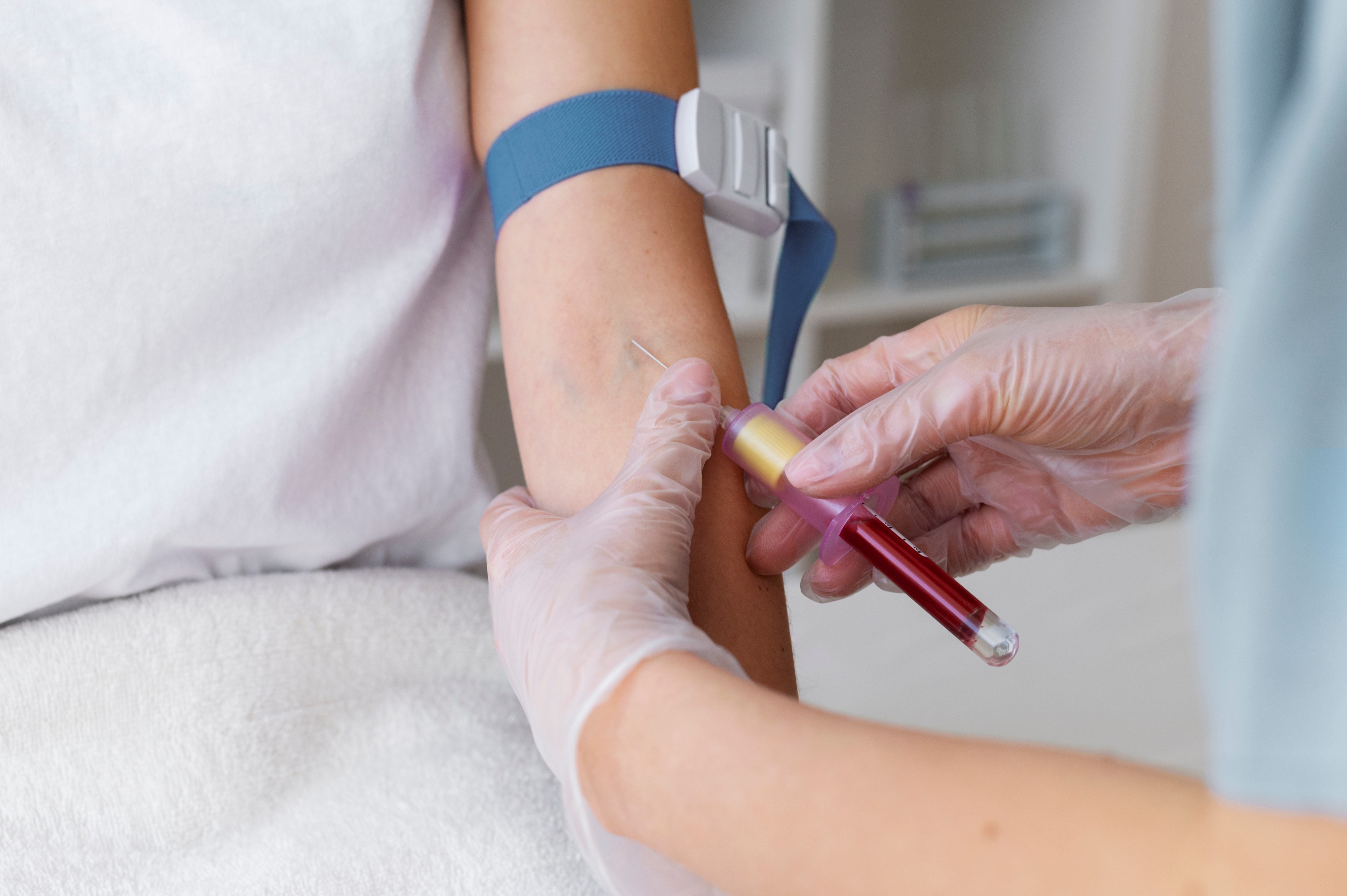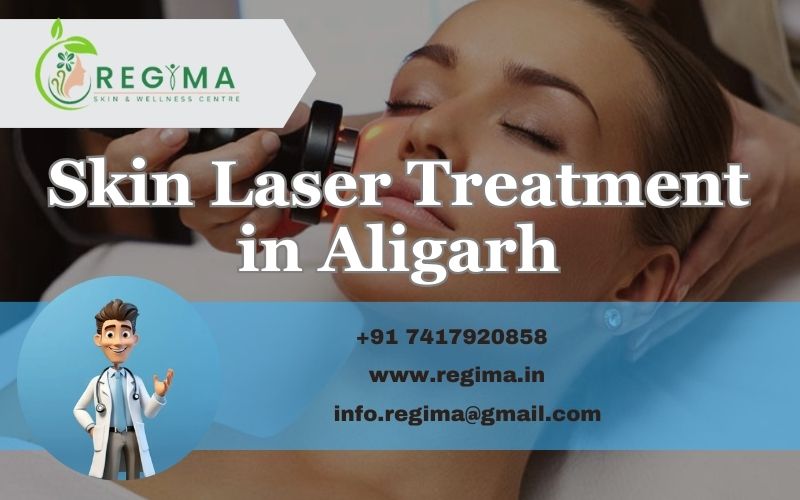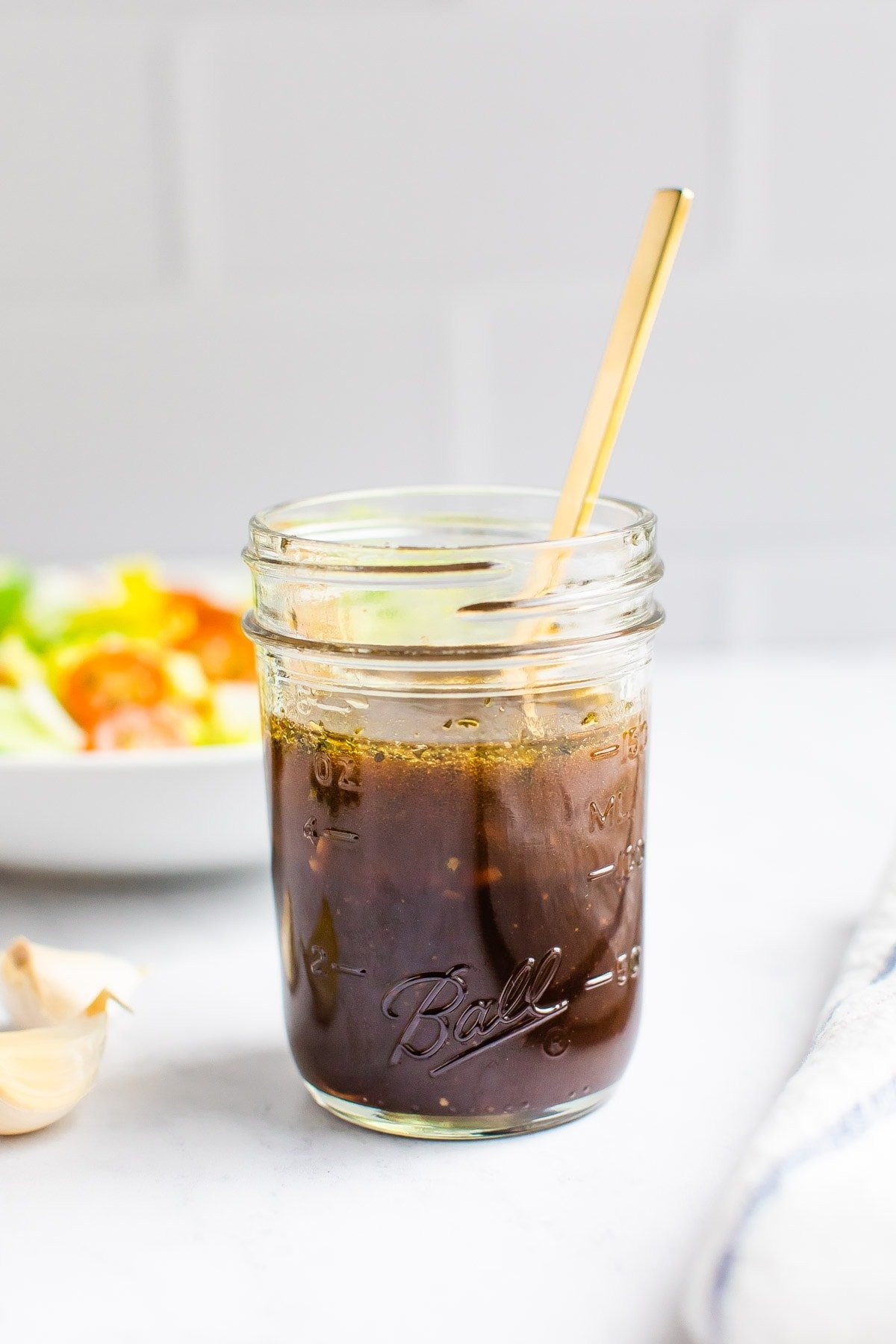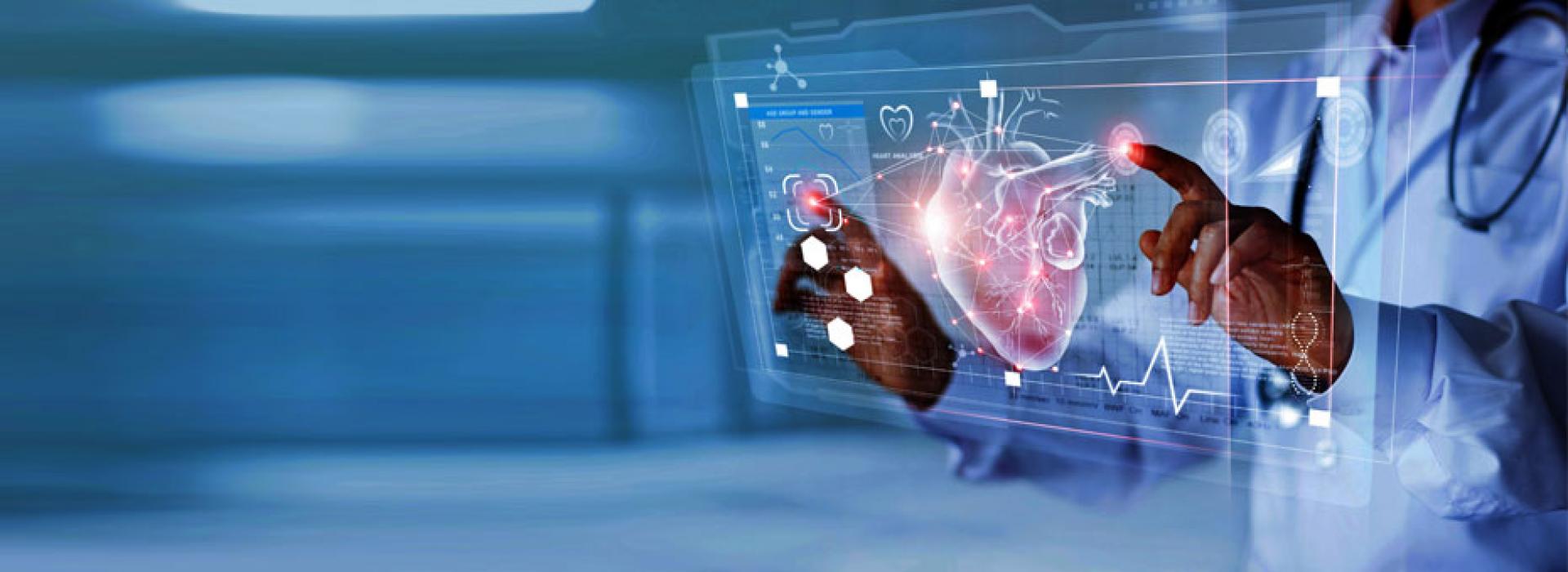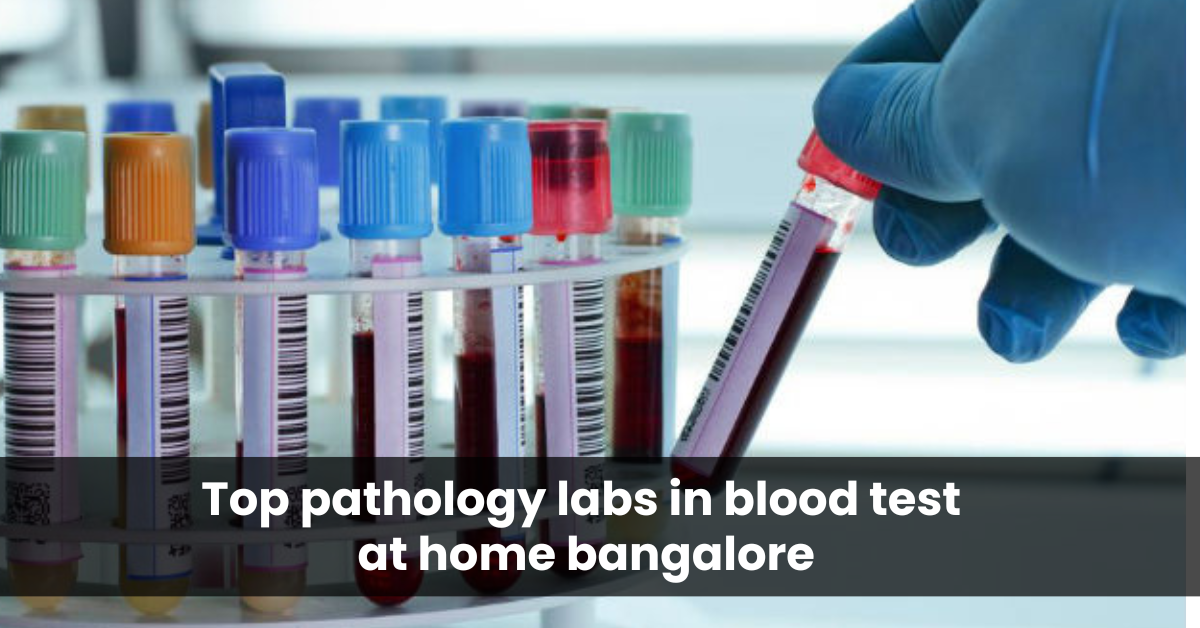Introduction to Broken Blood Vessels on the Face
Are you tired of dealing with those pesky broken blood vessels on your face? Don’t worry, you’re not alone! Whether it’s from sun damage, aging, or genetics, these tiny red or purple lines can be a real nuisance. But fear not – in this blog post, we’ll explore the causes behind broken blood vessels on the face and discover effective treatments and prevention tips to help you achieve clear and healthy skin, with insights from a trusted skin clinic in Aligarh. So sit back, relax, and get ready to say goodbye to those unwanted facial visitors!
Causes of Broken Blood Vessels on the Face
Broken blood vessels on the face can be caused by a variety of factors. One common cause is sun damage, which weakens the blood vessel walls over time. Another culprit could be genetics, as some people are more predisposed to developing broken capillaries due to their family history.
Excessive alcohol consumption and smoking are also known to contribute to the development of broken blood vessels on the face. These lifestyle habits can lead to inflammation and dilation of the blood vessels, making them more prone to breaking.
Certain medical conditions like rosacea or high blood pressure can put pressure on the facial blood vessels, leading to their fragility and eventual rupture. Additionally, harsh skincare products or treatments that irritate the skin can exacerbate this issue.
It’s essential to identify and address these potential causes in order to effectively treat and prevent broken blood vessels on the face.
Common Symptoms and Signs
Broken blood vessels on the face can manifest in various ways, with some common symptoms and signs to look out for. One of the most noticeable signs is the appearance of red or purple lines or patterns on the skin, especially around the nose, cheeks, or chin. These broken capillaries can give a flushed or blotchy appearance to the skin.
Individuals may also experience facial redness that does not fade over time or worsens with certain triggers like temperature changes, spicy foods, alcohol consumption, or skincare products. Some people might feel a slight stinging sensation when touching areas affected by broken blood vessels.
In more severe cases, broken blood vessels can lead to bruising-like marks under the skin known as purpura. This discoloration may be tender to the touch and could indicate a more significant issue requiring medical attention from a dermatologist specializing in skin conditions like Dr. Mohammad Shahid Malik at Regima Skin & Wellness in Aligarh.
If you notice any of these symptoms persisting or worsening over time despite trying home remedies or preventive measures, it’s essential to consult with a skincare professional for proper diagnosis and treatment tailored to your specific needs and concerns regarding broken blood vessels on your face.
Medical Treatments for Broken Blood Vessels on the Face
When it comes to treating broken blood vessels on the face, there are several medical options available that can help improve the appearance of these visible veins. One common treatment is laser therapy, which uses targeted light energy to selectively heat and eliminate the damaged blood vessels without harming surrounding skin.
Another effective medical treatment for broken blood vessels is intense pulsed light (IPL) therapy. This non-invasive procedure targets hemoglobin in the blood vessels, causing them to coagulate and be absorbed by the body over time.
For more severe cases of broken blood vessels, your dermatologist may recommend sclerotherapy. During this procedure, a solution is injected directly into the affected veins, causing them to collapse and eventually fade from view.
In some cases, topical creams or ointments containing ingredients like vitamin K or retinol may also help improve the appearance of broken blood vessels over time when used consistently as part of a skincare routine.
Natural Home Remedies to Help Heal Broken Blood Vessels on the Face
If you’re dealing with broken blood vessels on your face, natural home remedies can be a gentle and effective way to help heal them. One popular remedy is applying cold compresses to the affected areas. The cold temperature helps constrict the blood vessels and reduce redness.
Another simple yet beneficial remedy is using aloe vera gel. Known for its soothing properties, aloe vera can help calm inflammation and promote healing of damaged skin. Applying it regularly can aid in reducing the appearance of broken blood vessels.
Essential oils like lavender or chamomile are also known for their anti-inflammatory properties. Diluting these oils with a carrier oil and gently massaging onto the affected areas can help improve circulation and support skin repair.
Additionally, incorporating foods rich in vitamin C into your diet can boost collagen production, strengthening your blood vessel walls over time. Foods like oranges, bell peppers, and strawberries are great options to consider adding to your meals for added skin benefits.
Prevention Tips to Avoid Broken Blood Vessels on the Face
To prevent broken blood vessels on the face, it’s essential to protect your skin from potential triggers. One crucial tip is to limit exposure to extreme temperatures – both hot and cold can exacerbate fragile capillaries. Always shield your face with a scarf or hat in harsh weather conditions.
Another key prevention method is to be gentle with your skin. Avoid aggressive scrubbing or using harsh products that can damage delicate blood vessels. Opt for gentle cleansers and skincare products suitable for sensitive skin.
Protecting your skin from the sun is paramount in preventing broken blood vessels. Use a broad-spectrum sunscreen daily and wear protective clothing when outdoors. UV rays weaken the skin’s elasticity, making it more prone to vascular issues.
Maintaining a healthy lifestyle by eating well-balanced meals, staying hydrated, and managing stress levels can also contribute to overall skin health. Regular exercise promotes good circulation, which benefits vascular health as well.
By incorporating these preventive measures into your skincare routine, you can help safeguard against broken blood vessels on the face and maintain a radiant complexion over time.
Conclusion
Broken blood vessels on the face can be a common skin concern for many individuals. Whether caused by genetics, aging, or environmental factors, these visible veins can impact one’s confidence and self-esteem. Understanding the causes, symptoms, treatments, and prevention tips for broken blood vessels is essential in maintaining healthy and radiant skin, with guidance from a trusted skin clinic in Aligarh.
Medical treatments such as skin laser treatment at reputable clinics like Regima Skin & Wellness under the care of specialists like Dr. Mohammad Shahid Malik can effectively target broken blood vessels on the face. Additionally, natural home remedies can provide supplementary support in healing damaged capillaries.
By incorporating preventive measures such as using sunscreen daily, avoiding extreme temperatures, gentle skincare routines, and a healthy lifestyle with a balanced diet and hydration levels may help minimize the risk of developing broken blood vessels on your face.
Remember that each individual’s skin is unique; what works for one person may not work for another. It’s crucial to consult with a dermatologist or skincare professional to determine the most suitable treatment plan tailored to your specific needs.
Taking proactive steps towards caring for your skin can promote overall well-being while restoring confidence in your complexion. Embrace your journey towards healthier skin and seek professional guidance when needed to address any concerns regarding broken blood vessels on the face.








